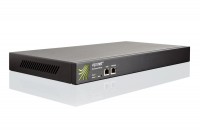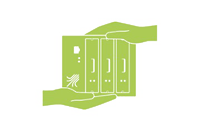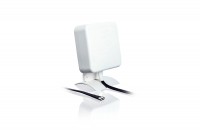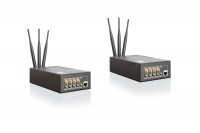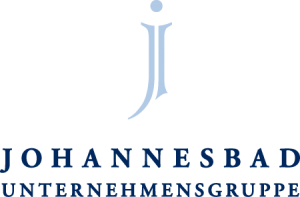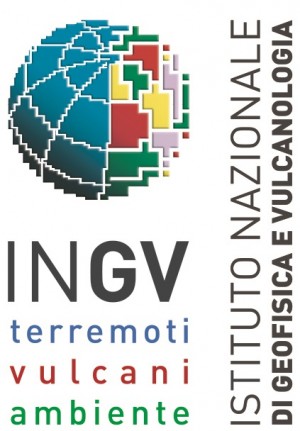Unbelievable, what bonding DSL, UMTS and LTE makes possible
Internet 24/7 in health centers
When burnout and chronic overwork dominate the world of work, nothing could be more important than an opportunity to relax. Whether one longs for taking some time out and spoiling oneself or whether one seeks relief for already existing discomfort – the state-of-the-art health centers, specialist hospitals and hotels of Johannesbad Group offer everything necessary for curing body and soul. However, to have all relevant health data available at every site and every time, such a big enterprise needs a very powerful Internet connection providing highest reliability as well as data security. For these reasons, Johannesbad decided to use Viprinet.
Streaming and Site-to-Site in Africa
Radio broadcasts in remote areas are tough on network solutions: They demand sufficient bandwidth, low latencies, and simple configuration. Another decisive factor are concomitant costs, especially when non-government organizations (NGOs) are concerned. Hirondelle Foundation – Media for Peace and Human Dignity is such an NGO aiming to develop and support independent and neutral media. The foundation headquarters are in Lausanne, Switzerland, while their members operate in Mail, Niger, Central Africa, the Democratic Republic of the Congo, Guinea, Burma, and Tunesia. For that, Hirondelle founds radio stations in troubled regions and war zones. Each of the foundation’s stations is considered an individual project and employs mostly locals. In addition, all projects are connected to accounting in the Lausanne headquarters.
Stable Internet for Earthquake Relief
After the grave earthquake in middle Italy in October 2016, Viprinet supported Italian Institute for Geophysics and Vulcanology INGV at setting up a stable communications network in the affected region. Tragic natural catastrophes like earth quakes often leave IT and communications infrastructures destroyed or at least insufficient. In order to coordinate rescuers’ operations on site and to organize subsequent reconstruction, installing a ready-to-use communications infrastructure becomes a high priority according to disaster relief. Not only need numerous organizations, authorities, and rescuers on site to be organized, but also a communications infrastructure between the hurriedly established local situation rooms and the central offices all over Italy must be installed quickly in order to broadcast relevant data e.g. from earth quake measuring stations or drone cameras to and from the affected regions.




